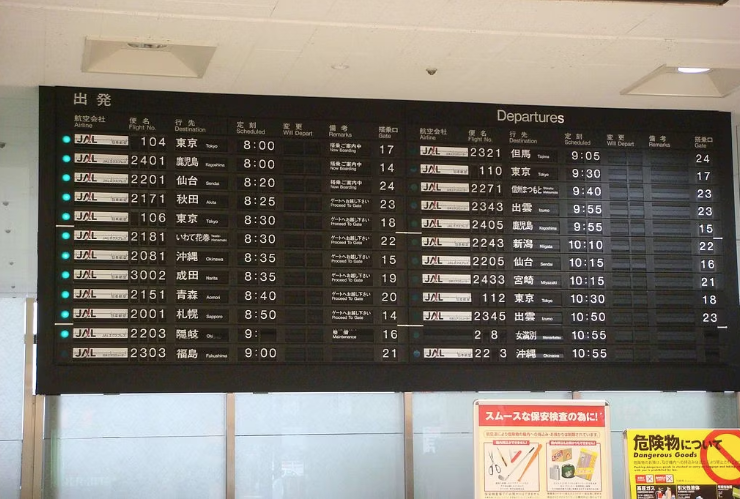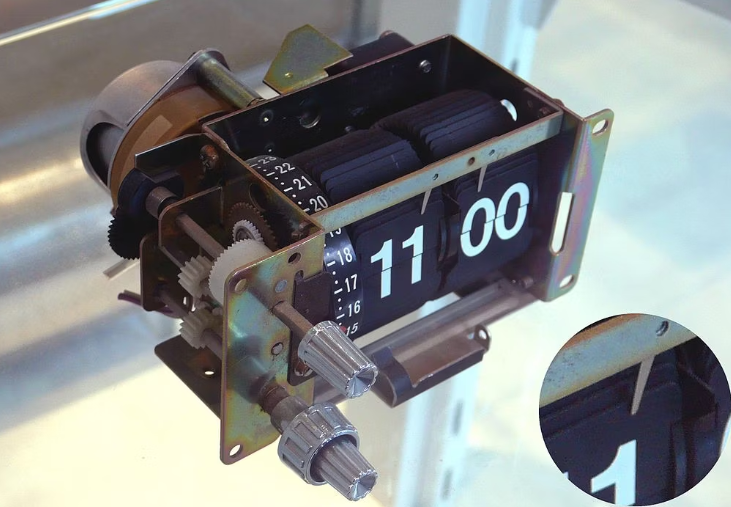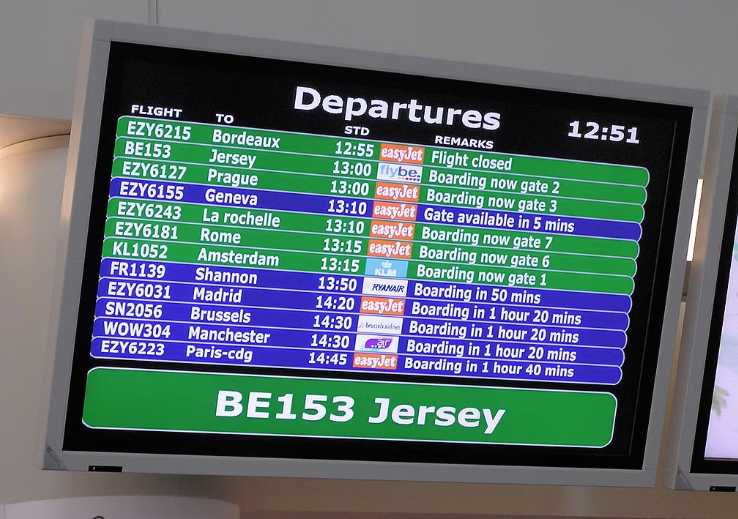Remember the iconic split-flap display screens that once adorned major airports, adding a touch of excitement to the pre-digital air travel experience? Though replaced by modern LED displays, these electro-mechanical wonders remain etched in the memories of millions who embarked on their air journeys in a bygone era.
The Airport Symphony: Clack-Clack-Clack
In the bustling terminals of yesteryears, the ‘clack-clack-clack’ sound and the mesmerizing sight of characters transforming on large split-flap displays defined the airport experience. This article takes a nostalgic trip down memory lane, delving into the captivating history of a once-ubiquitous feature of commercial aviation.

The Rise of Split-Flap Displays
Originating in 1725, the story of split-flap displays traces back to Solari di Udine, an Italian clockmaking company. Initially designed for railway stations, these displays evolved into complex arrangements of rotating flaps, displaying alphanumeric information with remarkable precision. With over 5 million pieces contributing to their functionality, they became airport icons.

Versatility in Information Display
Used widely in airports and railway stations from the 1960s, split-flap displays boasted low power consumption, high visibility, and a distinctive ‘clacking’ sound, drawing attention to dynamic updates. Their ability to refresh information constantly proved invaluable in an age predating LED and digital displays.

Solari’s Journey: From Clocks to Moving Signs
Collaborating with designer Gino Valle and later with Belgian inventor John Meyer, Solari di Udine’s moving signs evolved from simple time-telling devices to sophisticated displays with 40 flaps. International recognition led to global sales, positioning Solari as a key player in dynamic signage technology.

Modern Applications of Old Technology
While Solari di Udine continues to lead in dynamic signage, today’s displays are fully electronic, reducing maintenance. Nostalgic Solari boards, now kept in non-operational states in some airports, find new homes in museums, hotels, and restaurants, serving as nostalgic reminders of aviation’s past.

A Classic Example of Aviation Nostalgia
Though extinct from airport concourses, the split-flap display remains a symbol of air travel’s golden era. The visual spectacle, combined with the anticipation it invoked, is fondly remembered by those who once looked up at the distinctive Solari board for flight updates.

Preserving a Golden Era in Aviation History
In a world dominated by modern LED screens, the charm of split-flap displays endures as an icon of a bygone era. These devices, with their simple yet captivating design, symbolize a time when the airport experience was defined by the sights and sounds of rotating flaps and the anticipation of distant destinations.

